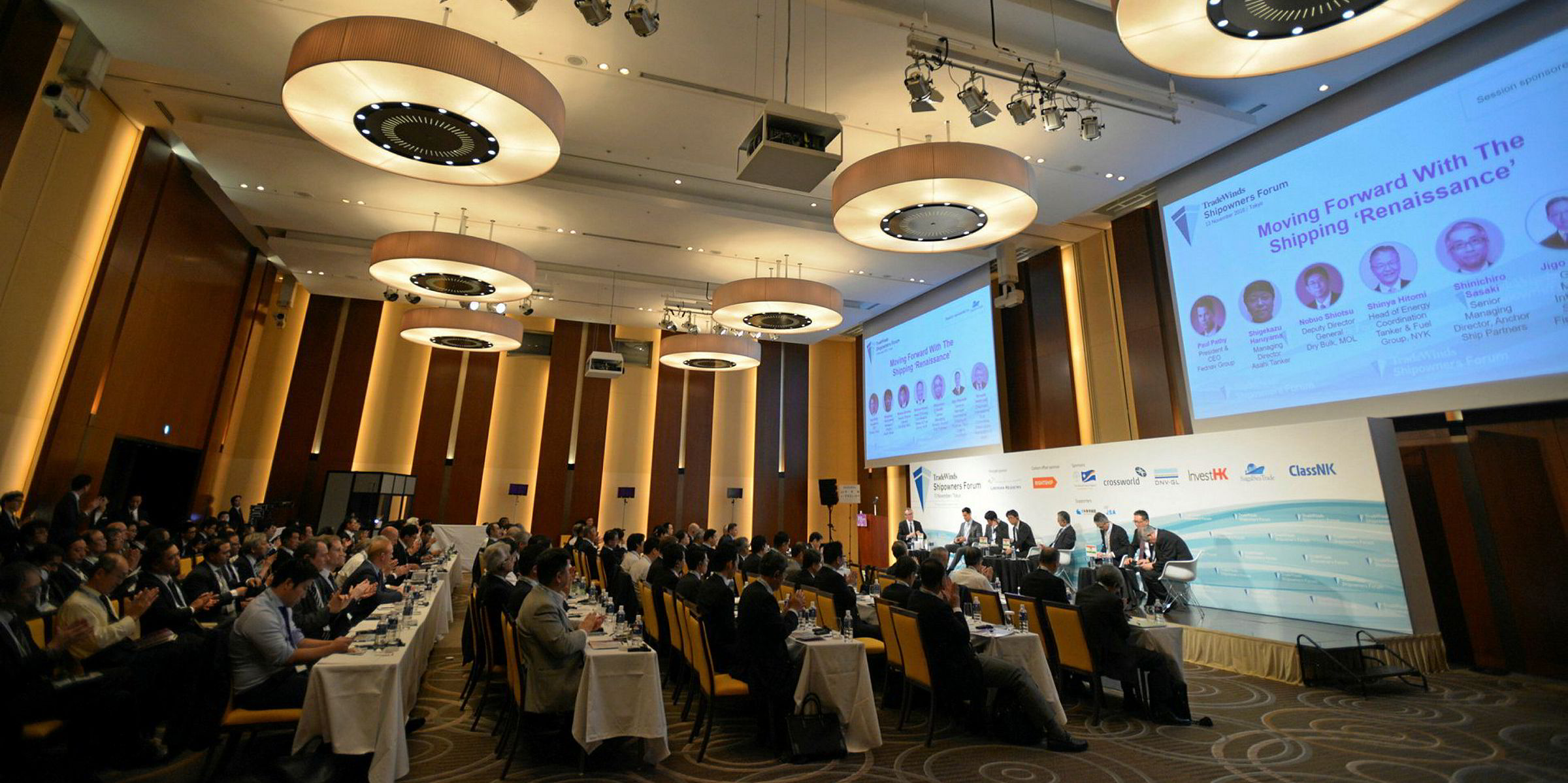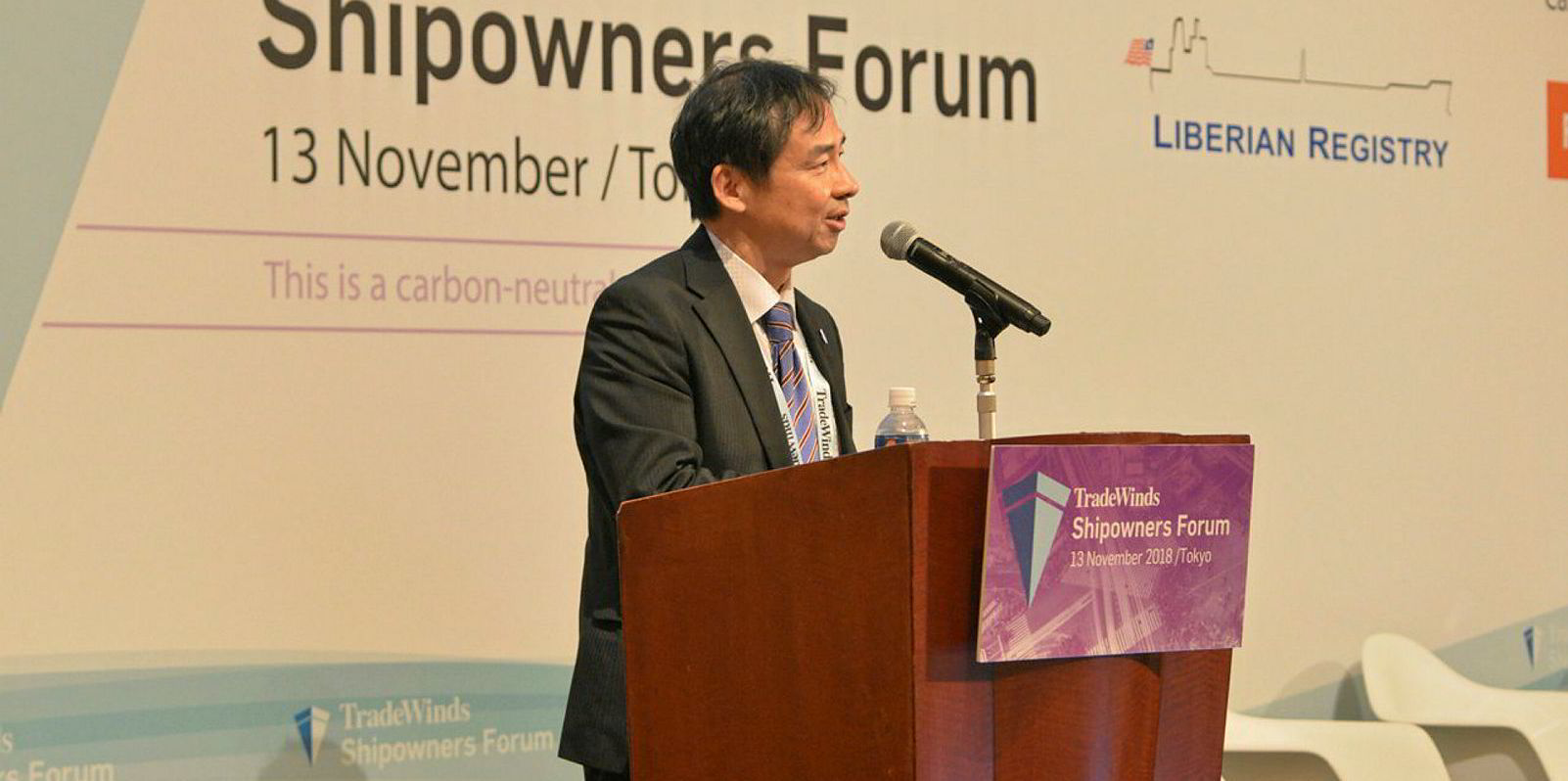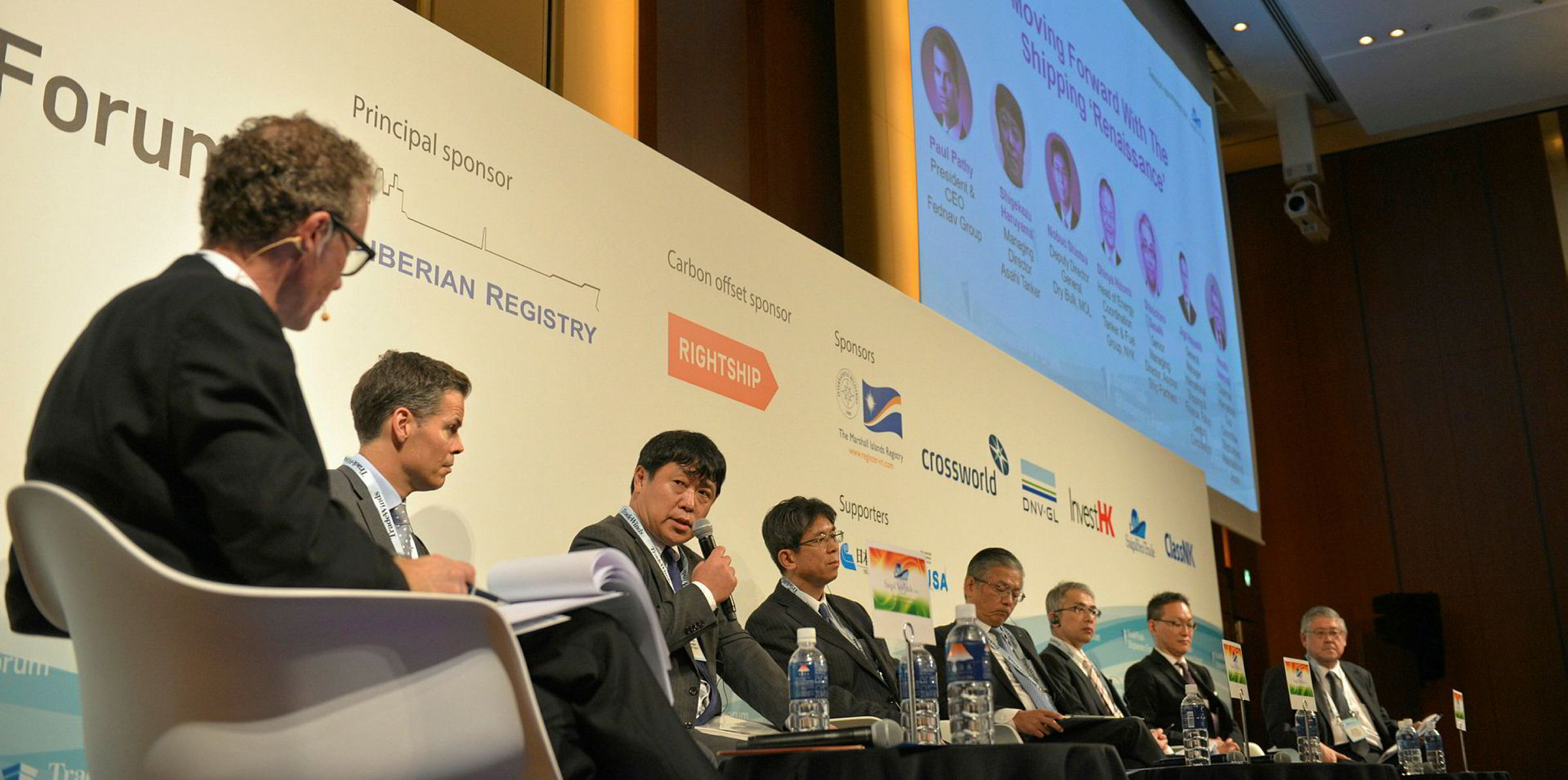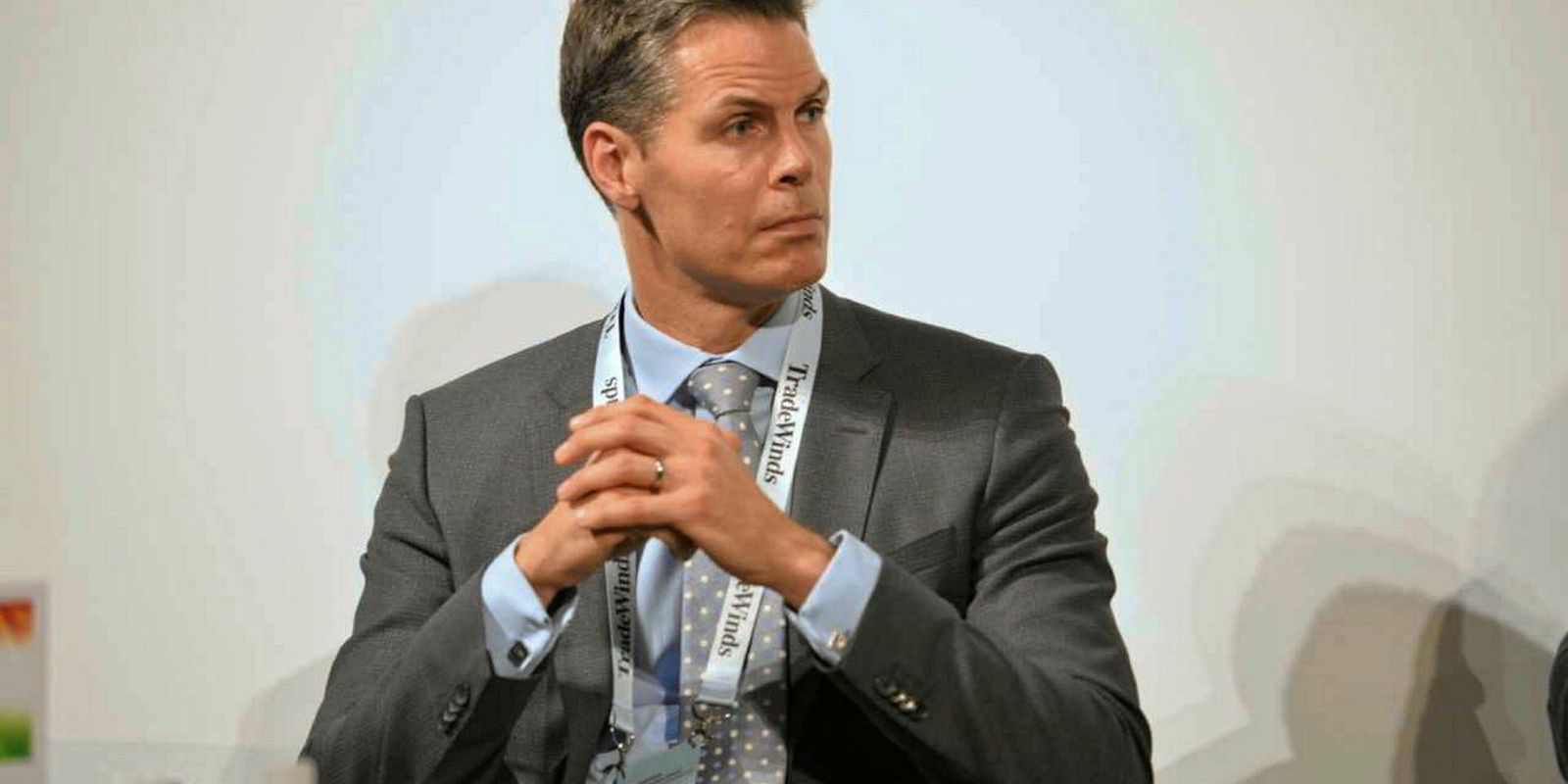Japan remains a country of contradictions. Home to several of the world’s largest and most rigorously managed shipowners and operators, its shipping sector underperforms against its nimbler and arguably more ruthless international rivals.
Meanwhile, its shipyards remain widely credited with building the world’s best ships but struggle to secure a viable and sustainable commercial position against fierce regional competition.
Such contradictions have been a source of soul-searching with Japan’s maritime cluster for a decade or more as it has sought to rediscover a secure position amid a constantly shifting world.
Shipping landscape
But now supplanting the arguments in the maritime world about such prosaic issues as management philosophy and ships’ hardware are the two subjects that are set to shape global shipping for the next three decades and more: digitalisation and decarbonisation.
They pose a particular challenge for Japan: can it finally leverage its acknowledged technological and industrial skills to create maritime businesses sustainable for the long term? Or will inertia and management inaction cause a further withering and decline among its shipowners and shipbuilders?

These were the questions on many people’s minds during the TradeWinds Shipowners’ Forum, held for the first time in Tokyo this week.
Questions raised
Early this autumn, Tadaaki Naito, the president of Japan’s largest owner NYK, warned in his annual address that the giant company must “adapt or die”, as the traditional business model had reached its limits.
Questions are just as acute for the nation’s shipyards: the creation of Japan Marine United from several struggling yards and the spin-off of Mitsubishi Shipbuilding after $1bn losses on the AIDA cruiseship project show the strain the sector is under.
No one can doubt the skills within Japan’s maritime cluster. Its shipowners have led the world with the application of smart technology and efficiency gains, while its shipyards have excelled in building vessels acknowledged by owners as offering long-term earning power and value.

Yet in neither area have those skills enabled the companies to apply a price premium adequate to support operating asset-heavy businesses in a high-cost economy.
Opportunities
Both digitalisation and decarbonisation may offer opportunities to leverage those skills further.
Speaking at the TradeWinds forum, Yasuo Tanaka, president of NYK’s Monohakobi Technology Institute, said the company was confident it could hit the first of the IMO's decarbonisation targets to cut emissions by 40% on 2008 levels by 2030.
NYK is investing heavily in near-term measures to reduce emissions and increase the operating efficiency of its fleet, which it believes will give it a commercial advantage.
Rival MOL, the second-largest Japanese owner and one of the world’s top five, is investing heavily in its i-shipping initiative in partnership with Mitsui Engineering & Shipbuilding, while also testing several other radical plans, including sails in its wind challenger project and augmented reality on VLCCs and car carriers.
While such initiatives will help address short-term performance, the aim to move towards a carbon-free economy by the middle of this century raises fundamental questions about the technology of ships themselves.

Until now, however, it has been hard for Japanese yards to offer alternative fuel propulsion systems and other equipment at a price where they are able to compete with their South Korean and Chinese rivals.
However, Shinichiro Otsubo, a senior official at Japan's Ministry of Land, Infrastructure Transport and Tourism, told delegates that the government was considering tax incentives to shipowners investing in high-technology vessels.
Incentives
This would be through the beneficial tax treatment of accelerated depreciation of the assets. Such incentives would stimulate Japanese owners to invest in new tonnage from compatriot yards and scrap older polluting vessels.
Despite such creative thinking, some long-term observers of Japanese shipbuilding see a worrying lack of energy in the way yards are facing up to competitive pressures.
One owner who remains loyal to Japan because of the inherent quality and value of the ships built there said that while designs are good, the yards are then hindered by their desire to keep costs in check by mass production.
Yards take a large stride forward, but then remain static for too long before being forced by rising competition to take the next stride, he told TradeWinds. It is ironic that the business culture that gave the world the concept of "kaizen", or continuous improvement, appears unable to embrace its power.
As Otsubo admitted of the challenges presented by digitalisation and decarbonisation, there is “no silver bullet” to solve them in one.
But he is confident Japan has the technology to achieve it.
“A total system revolution is needed,” he said.
Perhaps only a revolution in thinking can enable Japan’s maritime cluster to prosper once more.





